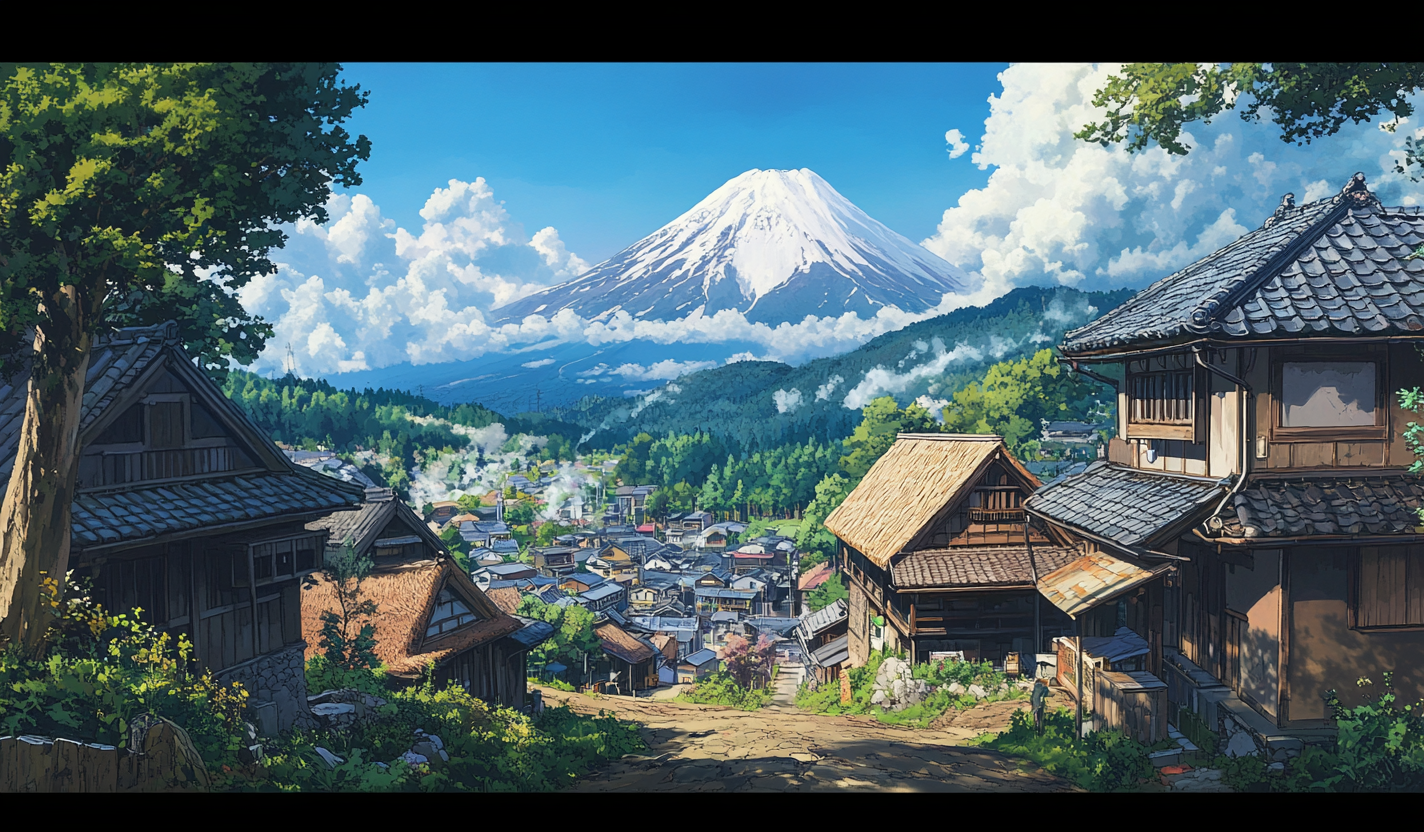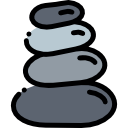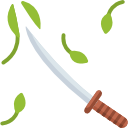


Wise Sensei, what's this I'm hearing about more than one writing system? Is this some kind of joke?
*finishing his calligraphy strokes* Japanese has three writing systems, and we often use all of them in a single sentence, like this masterpiece:
テレビを見ます(terebi o mimasu) - I watch television
Three writing systems? That seems... excessive.
Think of it like having different tools in an artist's kit. Each has its purpose, and together they create something rather beautiful. Let me show you each one.
First, meet Hiragana, the foundational writing system. These curved characters can represent every sound in Japanese:
あ a
い i
う u
え e
お o
Sensei: Observe their rounded shapes, smooth like the stones in a Zen garden.

There are 46 of these elegant characters - think of them as the Japanese ABCs, if ABCs were actually logical and consistent.
And the other two systems?
*SLAMS HANDS ON TABLE* AH! NOW IT GETS EXCITING! *tea splashes* Next we have Katakana, Hiragana's more angular cousin! *straightens robes*
Same sounds, different style:
ア a
イ i
ウ u
エ e
オ o
Sensei: Notice their sharp, decisive forms - like the blade of a katana!

We use Katakana for foreign words, scientific terms, and when we want text to STAND OUT. Like how English uses italics or bold for emphasis.
These seem to make the same sounds... why have both?
Sensei: Good question. Katakana is perfect for writing foreign words, sound effects in manga, and making things pop in advertisements.
Got a loanword from English? Write it in Katakana. Heard an onomatopoeia that mimics sounds? Katakana's got you covered. It's also the go-to for emphasis, kind of like how we use italics or ALL CAPS. Plus, it's the script of choice for sci-fi and tech names, giving everything a futuristic vibe.
And the final system?
*leaning forward with villainous delight* Behold, minion... *adjusts glasses*
These characters, borrowed from Chinese, are like little pictures with meaning. Look closely:
日
(hi/nichi) - the sun!
Why use Kanji? One symbol can replace several Hiragana characters, making writing more efficient. And more importantly... *leans in conspiratorially* it makes you look incredibly sophisticated when you can read them.
These characters are inherited from the neighbors in China. For example, the word kanji is actually written as 漢字 which literally means:
While China has simplified many of their characters, Japan has kept them unchanged, like preserved artifacts of an ancient time.
Student: Hmm, how should I get started, oh impeccable one?
Sensei: Begin with Hiragana, your foundation. Master its sounds and strokes, and the rest will follow.
Sensei, I've seen Romaji used a lot. What exactly is it?
Romaji is just Japanese written with Latin letters—like konnichiwa instead of こんにちは.
Student: So... like training wheels?
Sensei: Exactly. Helpful at first, but not something to depend on. That’s why we’ll only use Romaji in this first chapter.
Student: Got it. I’ll start learning the real scripts soon.
Sensei: *mumbles* If only I had become a hermit… *smiles* Wise choice, young one.